Have you ever been in a pickle trying to settle down your fidgety dog? Trust me, you’re in good company. Many people grapple with the boundless energy of their dogs when it comes to less-than-fun activities like nail trims or ear cleanings.
But here’s some comforting news: there is a kind-hearted strategy that can turn this common challenge around. It’s known as “Calm = Release,” an integral technique from the My Smart Puppy toolkit that nurtures self-calming habits in your dog.
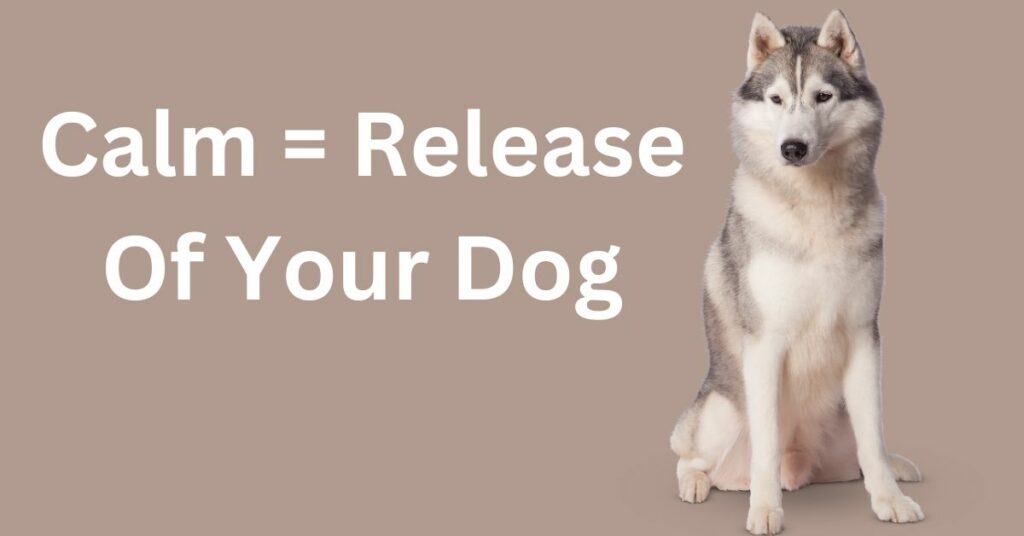
Table of Contents
The Concept of “Calm = Release”
The concept of “Calm = Release” is a foundational behavior in the My Smart Puppy approach, emphasizing the importance of handling dogs with calmness. By focusing on relaxation and peace, this concept can be applied to various activities such as nail trimming, ear cleaning, brushing, veterinary visits, and interactions with children or guests.
Foundation behavior in the My Smart Puppy approach
Harnessing the “Calm = Release” technique, we cultivate our dogs’ ability to self-regulate their excitement and stress levels. We prioritize teaching them that calm behavior leads to freedom and rewards instead of inadvertently reinforcing their struggles or anxious actions.
It’s very common for people to attempt to hold their dog to try something new, and when the dog starts to struggle or wiggle, the person releases the dog. By releasing the dog while it’s wiggling or struggling, the dog learns that struggling or wiggling equals freedom for the dog. The aim is always to avoid rewarding a dog’s struggle or agitation.
The “Calm = Release” approach applies to everyday activities that might typically unsettle a dog, such as nail trimming or meeting new people. Consistently using a calm demeanor as a cue encourages your dog to settle down faster, knowing that a calm response opens the door to all good things: treats, playtime, or simply the chance to roam freely after sitting still for a while.
Emphasis on handling dogs with calmness
Think of it as teaching them self-control. By encouraging relaxation techniques with your dog, you help them learn that calmness brings freedom – they can move around freely once they’ve settled down.
Practically, this means paying close attention during pet grooming sessions like nail trimming and ear cleaning or any situation that might make your dog nervous, such as vet visits or meeting new people.
Application of “Calm = Release”
Use positive reinforcement to reward their calm behavior instead of energy spikes. This technique relaxes the atmosphere and creates a safer interaction between you and your dog. If you have any concerns or doubts, or if your dog has previously shown aggression, consult a qualified dog behaviorist.
- Begin by choosing a moment when your dog is relaxed, not during play or when they’re over-excited.
- Position your dog comfortably between your legs, with you both facing the same direction. Standing, sitting, or kneeling is fine – ensure your dog can’t wiggle back under what you are sitting on.
- Ensure your head is not near your dog’s head to avoid getting hit if it swings its head up or around to see you.
- Use a flat collar that doesn’t tighten around the neck to prevent discomfort or anxiety.
- Take deep breaths to maintain your own calm; this helps signal to your dog that there’s nothing to fear.
- Cup one hand under the jaw with one thumb hooked through your dog’s collar.
- Breathe evenly and calmly, staying relaxed. Most dogs will settle quickly when their breathing starts matching yours.
- Use your other hand to scratch their chest calmly, talking quietly and calmly to your dog. The hand scratching the chest is also ready to restrain any bucking, squirming, or mouthing – keep your hand relaxed.
- Release them as soon as your dog calms down (even for a few seconds).
- Practice the previous steps regularly – a reward can be introduced at the end to reinforce quickly calming down.
Nail trimming
Handling a dog’s nails carefully during grooming sessions is crucial for comfort. A calm approach can make all the difference in creating a stress-free nail-trimming experience.
- Begin by choosing a moment when your dog is relaxed, not during play or when they’re over-excited.
- Position your dog comfortably where they feel most at ease. It could be on your lap, the floor, or a steady surface.
- Use a flat collar that doesn’t tighten around the neck to prevent discomfort or anxiety.
- Take deep breaths to maintain your own calm; this helps signal to your dog that there’s nothing to fear.
- Hold each paw gently but firmly to avoid slipping, ensuring you have good visibility of their nails.
- Trim only the tips of the nails using sharp clippers designed for dogs to avoid splitting or crushing.
- After completing each paw, reward your dog’s patience and calm behavior with treats and affection.
- Consistently practice this technique so it becomes a routine part of grooming rather than an irregular ordeal.
- If you accidentally cut into the quick, promptly apply styptic powder to stop any bleeding and soothe with a calming voice.
Ear cleaning
Ear cleaning is crucial to pet care, requiring a calm and patient approach. To implement the “Calm = Release” concept during ear cleaning, follow these steps:
- Choose a quiet moment for ear cleaning to reduce anxiety for your dog.
- Position your dog comfortably, using gentle restraint if necessary.
- Use a flat, non-tightening collar to ensure safety and minimal discomfort.
- Maintain even breathing to convey calmness and reassurance to your dog.
- Reward your dog for being calm during the cleaning of each ear.
Brushing
Some dogs don’t like being brushed, but it is a necessary part of grooming. It may be necessary to gradually build up the “Calm = Release” time before you can complete an entire brushing session with your dog. The more you practice, the calmer your dog will become.
- Choose a quiet moment for brushing to reduce anxiety for your dog (after exercise is best).
- Position your dog comfortably, using gentle restraint if necessary.
- Use a flat, non-tightening collar to ensure safety and minimal discomfort.
- Maintain even breathing to convey calmness and reassurance to your dog.
- Reward your dog for being calm during each session of brushing.
Veterinary visits
Applying the “Calm = Release” method during veterinary visits can help dogs remain composed during examinations and treatments.
- Choose a calm moment when your dog is relaxed and composed before entering the veterinary clinic.
- Position your dog comfortably in an area where it feels secure and at ease, minimizing stress and anxiety.
- Utilize a flat, non-tightening collar to ensure your dog’s comfort and safety during the visit.
- Breathe evenly and maintain a relaxed demeanor to transmit calm energy to your dog, aiding in their relaxation.
- Release your dog from any restraint or calming position once it calms down, reinforcing the positive association with the veterinary visit.
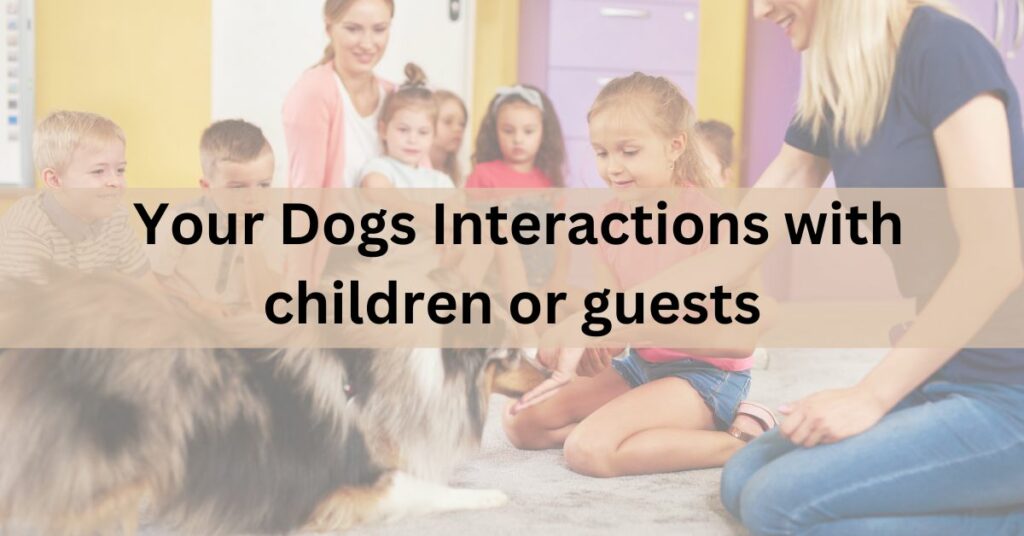
Interactions with children or guests
When interacting with children or guests, handling dogs calmly is crucial for everyone’s safety. Enrolling the help of some family and friends can be very useful in the beginning. Here is how to implement the “Calm = Release” concept in these interactions:
- Choose a calm moment when the dog is relaxed and not overly excited.
- Pre-warn your guests that you want them to be quiet and calm as you train your dog in this technique.
- Position the dog in a way that allows for safe and gentle interactions with children or guests.
- Use a flat, non-tightening collar to ensure comfort and safety during the interaction.
- Breathe evenly and maintain a composed demeanor to convey a sense of calm to the dog.
- Release the dog when it calms down, reinforcing the positive behavior of staying calm during interactions with children or guests.
Breathing evenly
Consistent respiration is pivotal in helping the dog relax and understand that it’s time to calm down. Choosing a calm moment and focusing on your own balanced breathing sets an example for your dog. It encourages them to match your steady breath with their own uniform inhalation and exhalation.
Importance of Safety Assessment
Before implementing the “Calm = Release” approach with your dog, assessing their safety is crucial, especially if they have a history of aggression. Ensuring a safe environment for you and your dog is essential for successful training and bonding.
Dogs with a history of aggression
You will know your dog best. Dogs with a history of aggression should be worked alongside a qualified behaviorist.
Handling techniques must be tailor-made to meet the specific needs of dogs with an aggressive history. Understanding canine psychology and employing safety precautions when working with these dogs is essential.
Last Word on “Calm – Release”
The “Calm = Release” approach is invaluable when handling your dog. It is genius in its simplicity and can be used in so many different situations. Your dog can learn to be calm in uncomfortable or over-stimulating situations without using aversive tools (which can hurt or frighten your dog further).
Building your dog’s confidence and the trust between you for years of adventures together. Trusting that your dog will remain calm no matter what life throws at you.

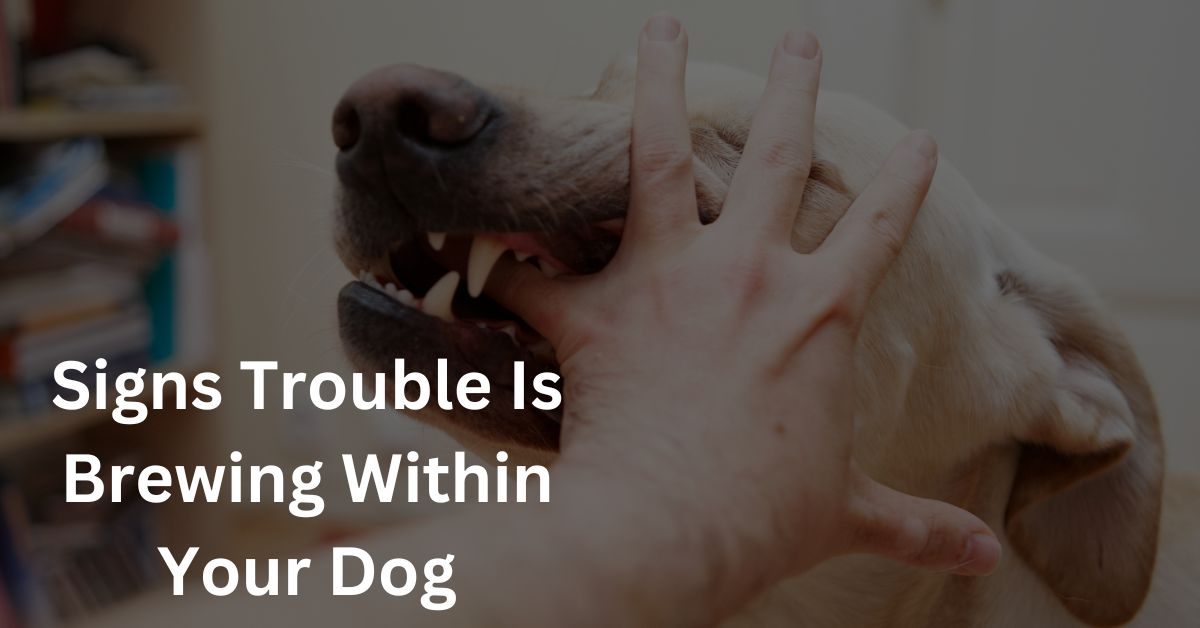
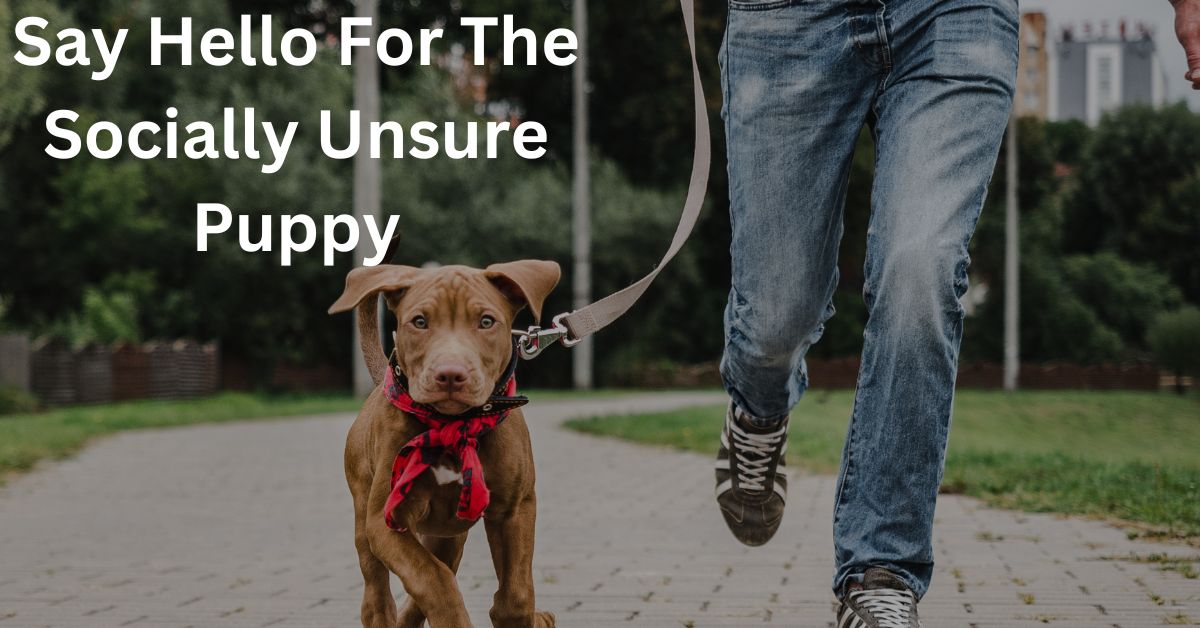
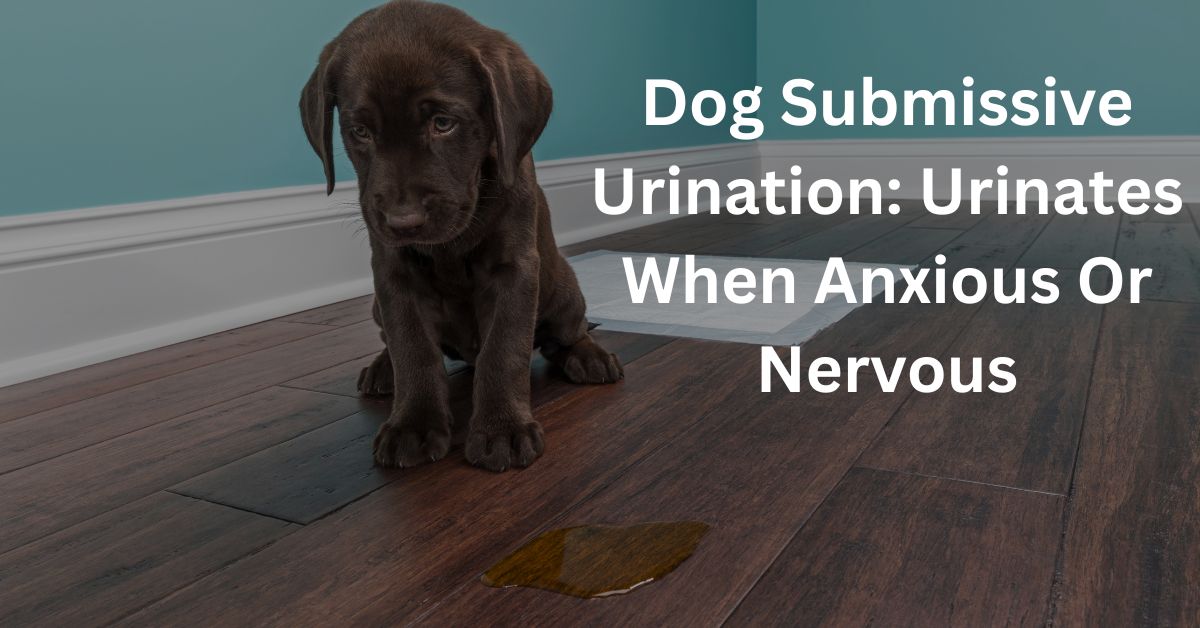
Leave a Reply